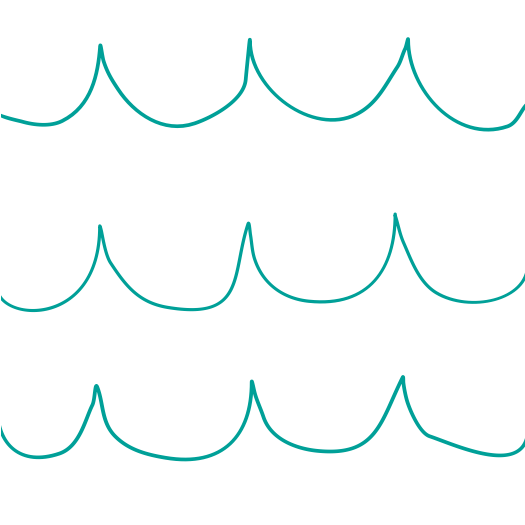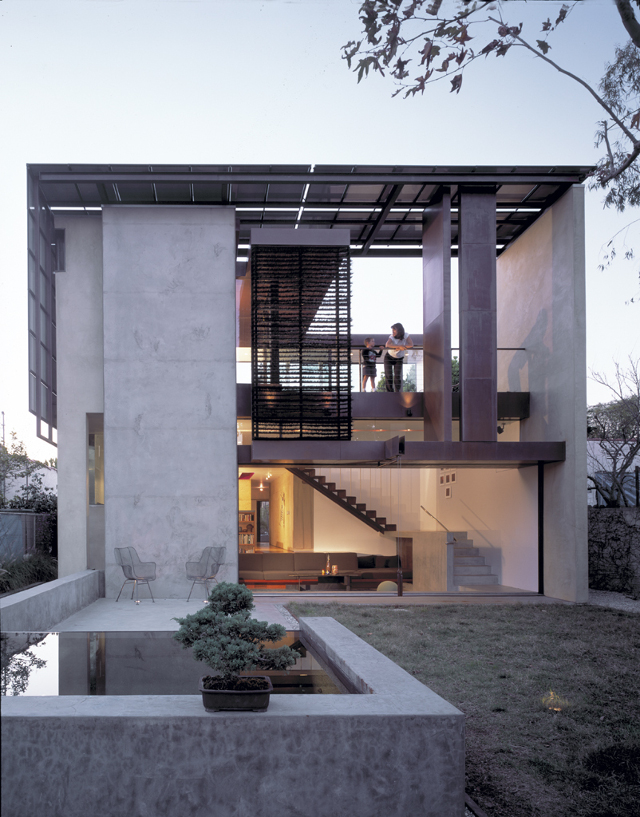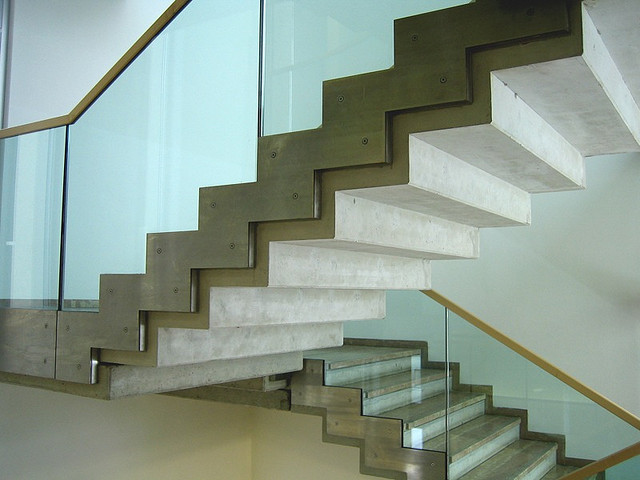ThermalMassBuilding



Design With the Sun in Mind



Let the sun warm at night and the night cool at day with thermal mass.
Modern homes are built to resist the temperatures that occur outside. The inside of your home gets hot with the summer and cold with the winter. You’re forced to use heating and cooling systems inside your house to maintain temperatures. Common building materials are used for their thermal resistive properties; their inability to be affected by surrounding temperatures. While this system is effective, your monthly energy costs can get as extreme as the weather.
Thermal mass materials offer a different approach. Materials like concrete, masonry, packed earth don’t resist heat, they absorb it. They have a sort of reciprocal relationship with the immediate environment. A cool concrete floor will take on the heat from the sun. When the area around the floor cools down, the heat releases from the floor. The air and the concrete flow energy back and forth. When thermal mass is placed properly in your home it can create comfort without the cost.
Typically, a house is designed by blueprint and built on a plot of land. The same design may be used multiple times in different locations, facing opposite directions. One receives plenty of sunlight year round and another is dark and drafty. Nonetheless, they must use energy to fix the imbalance.
Design is more than creating a structure. The way the environment impacts the structure is just as important. As a key element to passive solar design, thermal mass relies on this principle. It’s designed with the sun in mind. Thermal mass is placed carefully inside the house. In a place where it gets sunlight in the winter and shade in the summer. A thermal mass floor, close to the cold earth, helps keep out heat hot in the summer by absorbing any extra heat in the room while breezeways keep the air flowing. Achieving the proper balance of thermal mass depends on your climate.
Choose energy saving materials for your home to save money and the environment.
- Design a home that works with the environment, not against it.
- A balance of thermal mass materials in your home can work for you by keeping temperatures level.
█







